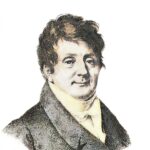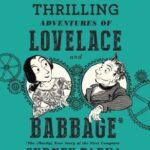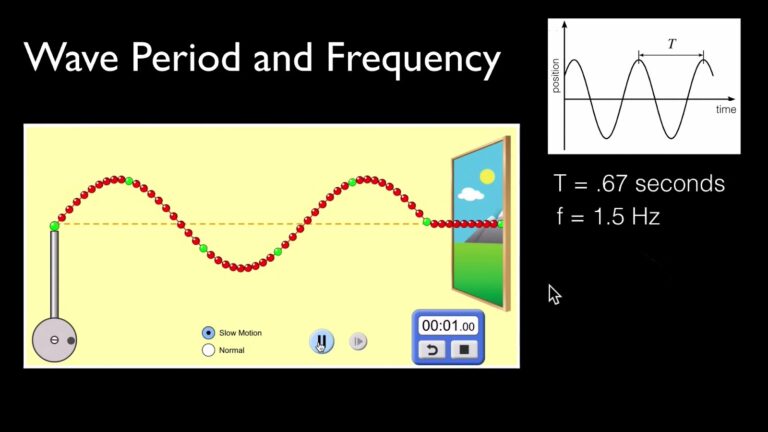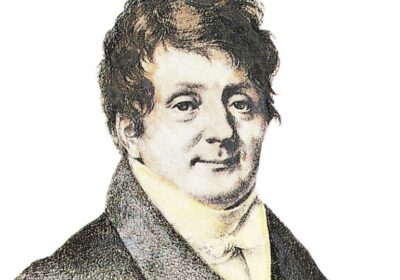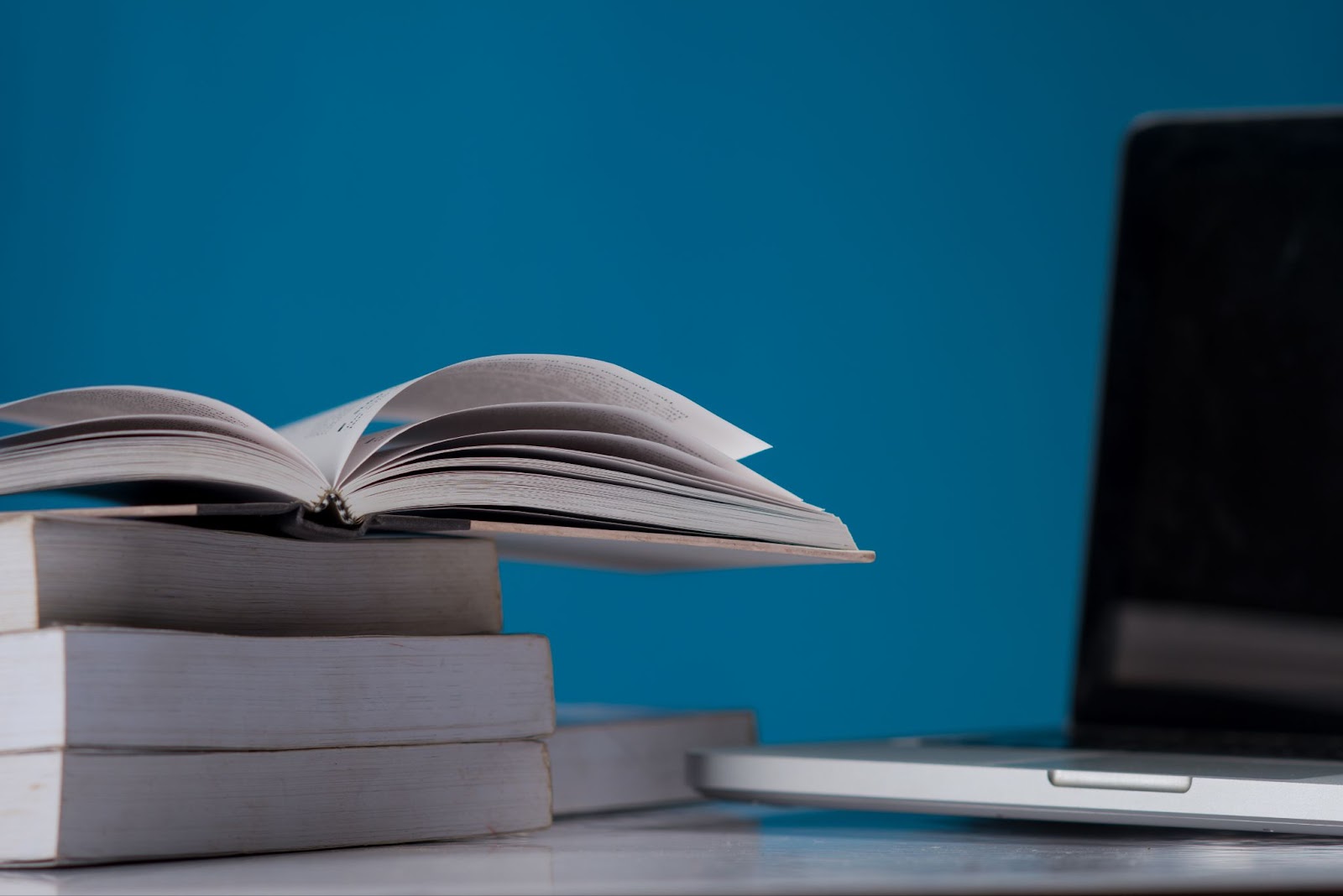
Unlocking the Rare: Delving into Unlikelihood
In a world inundated with digital screens, there’s something undeniably alluring about the tactile sensation of flipping through the pages of an old book. Last night, as the crackle of the fire provided a cozy backdrop, I found myself drawn to two classics from my bookshelf: Darrell Huff’s timeless works, “How To Lie With Statistics” (1975 edition) and “How To Take A Chance” (1965 edition). As I delved into the pages, each word seemed to echo with relevance, their insights as poignant today as they were decades ago. Remarkably, “How To Lie With Statistics” remains in print, a testament to its enduring relevance.
Rediscovering Timeless Classics for Modern Readers
In the digital age, we often forget the simple pleasure of holding an actual book. There’s a certain charm and warmth found in turning paper pages that a screen can’t replicate. One might find themselves diving into the archives, choosing two ageless literary works: “How To Lie With Statistics” (1975 edition) and “How To Take A Chance” (1965 edition) by the eminent author, Darrell Huff.
Both these titles are nothing short of excellent. Particularly impressive is the long-standing popularity of “How To Lie With Statistics,” which remains in print even in our modern times. The book opens with an engaging anecdote (the picture on the right), immediately drawing readers into the narrative.
The Unexpected Intersection of Literature and Reality
Life often throws up surprises that mirror the content we consume. Imagine waking up to a news article on Twitter that resonates with a book you just read. This happened to be the case with an eccentric story from Reuters: “In Belarus, injured fox shoots its would-be (and unnamed) assailant.” The uncanny resemblance between the ongoing narrative and this news story cannot be overlooked. The randomness and the unexpected nature of this incident bear the subtle touch of the themes discussed in “How To Take A Chance.”
Assertions like these highlight the impressionable nature of literature and its effect on our perception of real-world events. Draw interesting parallels and gain unique insights from fiction while also staying tuned to the dynamic world news. Even in the most everyday occurrences, one can find compelling narratives worthy of being documented in the annals of literature. Also, explore the intriguing journey of Matt Slack on Wikipedia – uncovering his story, achievements, and impact in this comprehensive article.
Using Bayesian Probability to Validate Surprising News Stories
Has it ever been questioned if a sensational news story might be valid or just a figment of folklore, error, or even an orchestrated prank? In such situations, the highly scientific Bayesian theorem can be a handy tool to decipher the truth:
P(A|B) = (P(B|A) * P(A))/P(B)
This equation is used to determine the likelihood of a surprising event being factual, considering the rarity of the event and the credibility of the news source. For instance, if the probability of a human being attacked by a fox is considered as 1 out of 1000 and the trustworthiness of the news source is rated at 99%, then using Bayes’ theorem, the probability of the event being true is calculated as a mere 9%.
It’s worth noting, this figure might seem to undermine the incident’s possibility. Critical assessment of the media’s credibility might lead to a higher evaluation of the news source’s reliability.
Tips to Assess Media Reliability:
- Check other sources: Use multiple news platforms to verify the same story. If many reputed sources report the same incident, it might be true;
- Examine the author: Check the author’s credibility, expertise, and objectivity;
- Review the evidence: Assess the quality and quantity of the provided evidence. Are there photos, videos, or documented evidence that support the news story?;
- Check with fact-checkers: Use online fact-checking platforms to verify the news story.
Thus, employing the Bayesian theorem and following these tips can help discern the potential validity of a surprising news piece. The trustworthiness of the media is a crucial factor impacting the news story’s perceived authenticity.
Evaluating Ancient News Archives with Modern Tools: A Case Study
With the explosive growth of the digital age, it’s now possible to explore news archives spanning over a century. Platforms like Google News, with its archive search feature, have made it a breeze to dig into historical news pieces in a matter of clicks. For example, let’s consider the intriguing case of a fox retaliating against a hunter.
Historical Accounts of Retaliatory Foxes
Delving into Google News archives with the search phrase “fox shoots hunter” yields some surprising results. For instance, on 21st January 1981, the Wilmington Morning Star published a story featuring a fox that allegedly shot and killed (!) an unnamed hunter in central Yugoslavia. This encounter was incited when the hunter assaulted the fox with his rifle butt.
The Modesto Bee on 16th November 1948, reported a similar incident where an injured fox retaliated against its attacker by shooting him. These tales of foxes retaliating against their attackers seemingly indicate a pattern in wildlife behavior.
However, the authenticity of these incidents can’t be ascertained entirely, raising doubts about their actual occurrence. Interestingly, these tales continue to circulate widely in the media, contributing to our collective consciousness and shaping our understanding and perception of the world.
Tips to Scrutinize Believed Narratives
- Research independently: Don’t just rely on one source or popular opinion. Look for additional sources to corroborate the story;
- Consider the source credibility: Evaluate the reliability of the news outlet or individual sharing the information;
- Question the logic: Does the story make sense in the context of what is known about the world?;
- Look for hard facts: Stories based on concrete evidence are more likely to be true than those based on hearsay.
Reflecting on these tips, one should strive to cultivate a degree of skepticism toward such pervasive narratives. The wisdom lies in discerning the actual facts from mere folklore and understanding the role of media in shaping our perceptions.
Conclusion
As we traverse the landscape of old and new, from the timeless wisdom of classic literature to the ever-evolving narratives of the digital age, one thing becomes abundantly clear: the quest for truth is a perennial endeavor. Whether nestled within the pages of a well-worn book or splashed across the pixels of a social media feed, the challenge remains the same – to discern fact from fiction, reality from illusion.



